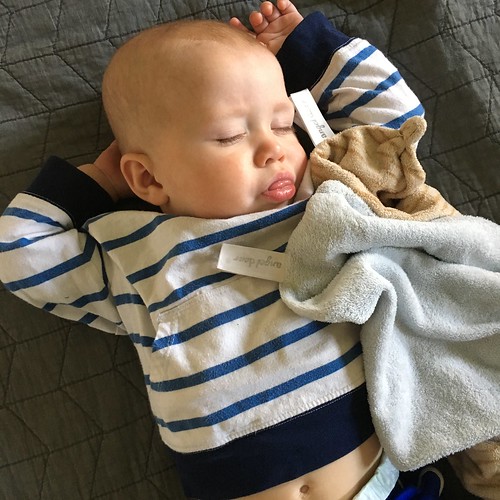Structural MEDChem Express PP 242 versions for GT MG517 (aa 1-220). A) The 4 designs had been created making use of the 3D composition of E. coli chondroitin polymerase area two (PDB 2Z86) as template for the conserved region (aa one-121 and 174-220) and 4 diverse structures as templates for the variable region (aa 122 to 173, demonstrated in blue). The PDB accession codes for the template buildings are offered in parenthesis. B) Place of the selected amino acid residues analyzed by website-directed mutagenesis (Desk 2) in the four structural models. Stuffed quantity signifies the acceptor website in the authentic templates (except for design three in which no ligand was current). Coordinate files of the models are available upon request.
TLC investigation of lipid extracts from recombinant E. coli cells expressing MG517 mutants. GGL, glycoglycerolipids PE, phosphatidylethanolamine PG: phosphatidylglycerol CL: cardiolipine. pET16b are management cells transformed with plasmid pET16b with no insert. The 4 types for the GT MG517 Nt-catalytic area (100 structures per model, see Strategies) incorporate the UDPGlc substrate (Determine S3). A checklist of 36 residues was obtained (Table S1), from which nine in the conserved region were chosen as possible key residues concerned in binding and catalysis to be probed by internet site directed mutagenesis experiments. The spot of these residues in every design framework is proven in Determine 5b. These residues were picked because they are conserved in the sequence alignment and/or mutations in equal positions in other proteins have been reported: Y12 appears to be involved in a stacking conversation with the uracil ring of UDP D40 may stabilize the UDP by electrostatic interactions Y126 and Y169 are the flanking residues of the variable area and are close to each and every other and to the Glc ring of the donor in two of the versions I170 is near to the sugar moiety of the donor W171 is put between the UDP and Glc rings E193 or D194 may be the catalytic foundation and Y218 substitutes a very conserved His in GT-A enzymes. Furthermore, position F138 was also considered for mutagenesis. It is positioned in the variable location close to the putative acceptor binding website in two of the types even though it has a diverse orientation in the other two, therefore becoming a probe to discriminate amongst designs. Residues of the DXD motif [21,22] (D93, P94, D95) had been not selected since their function is effectively known in GT-A enzymes.
Total protein concentration was established by the BCA assay. Activity was determined at one mM UDPGal, 100 Cer-NBD solubilized with BSA (twenty five), in ten mM HEPES pH 8., 10 mM CHAPS, ten% glycerol), 10 mM MgCl2 at 25. Particular exercise below these circumstances (v0/[prot]) was expressed as the initial rate of solution development (v0 (in-1)) for each milligram of overall protein in the extract.
In buy to choose the very best consultant design amongst the generated types,  a practical assay 20068047was executed on mutants at the chosen positions. Mutants ended up geared up by sitedirected mutagenesis, and their GT exercise evaluated by two complementary assays. First, recombinant E. coli cells expressing every mutant protein had been analyzed for glycoglycerolipid (GGL) generation (in vivo GT assay). Considering that E. coli does not produce glycoglycerolipids, MG517 items are easily detected in whole lipid extracts by TLC (Figure six). A few groups of mutants can be observed: those with GGL development equivalent to the wt enzyme (Y12A, Y12M, Y126F, F138A, and Y169F), individuals with lowered exercise (D40A, D40K, Y126A, Y169A, and W171A), and mutants exactly where no goods are detected (I170, W171G, E193A, D194A, and Y218A).
a practical assay 20068047was executed on mutants at the chosen positions. Mutants ended up geared up by sitedirected mutagenesis, and their GT exercise evaluated by two complementary assays. First, recombinant E. coli cells expressing every mutant protein had been analyzed for glycoglycerolipid (GGL) generation (in vivo GT assay). Considering that E. coli does not produce glycoglycerolipids, MG517 items are easily detected in whole lipid extracts by TLC (Figure six). A few groups of mutants can be observed: those with GGL development equivalent to the wt enzyme (Y12A, Y12M, Y126F, F138A, and Y169F), individuals with lowered exercise (D40A, D40K, Y126A, Y169A, and W171A), and mutants exactly where no goods are detected (I170, W171G, E193A, D194A, and Y218A).
